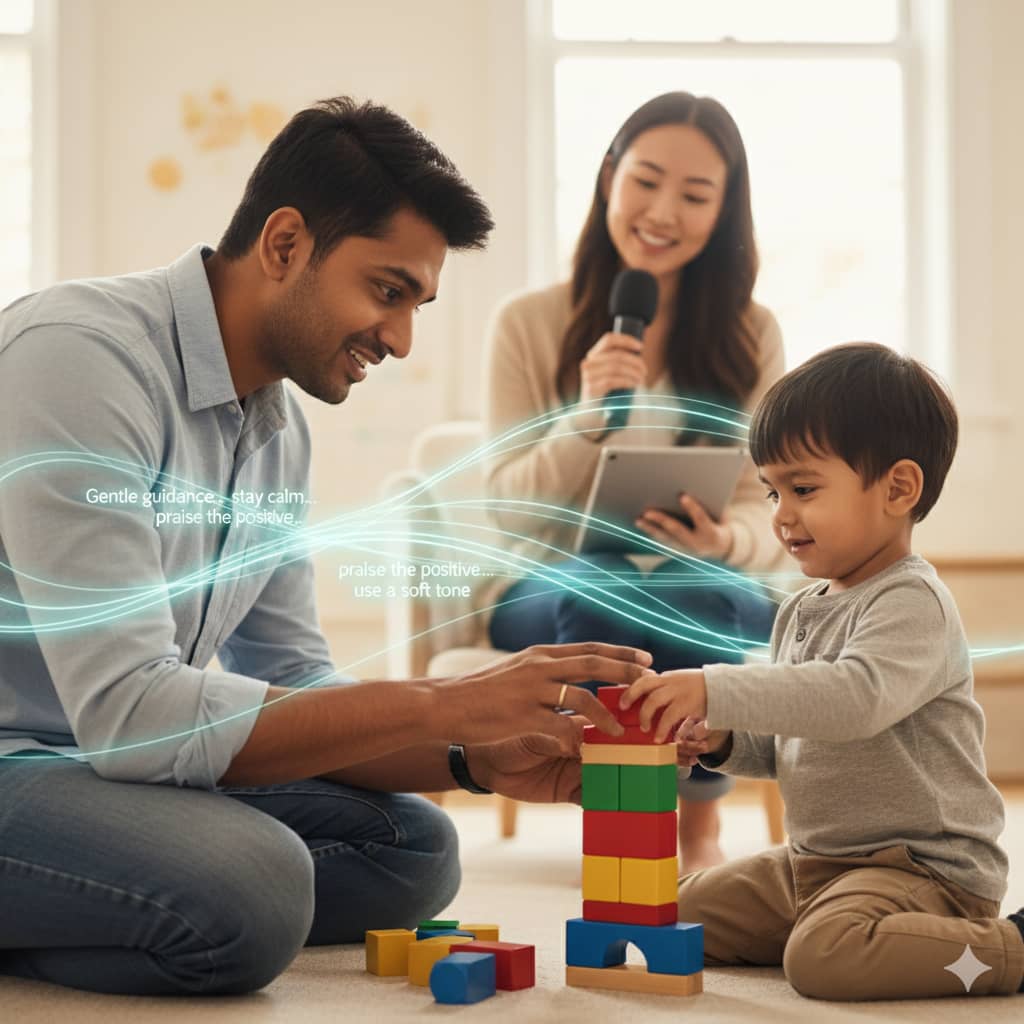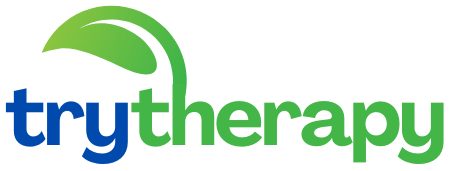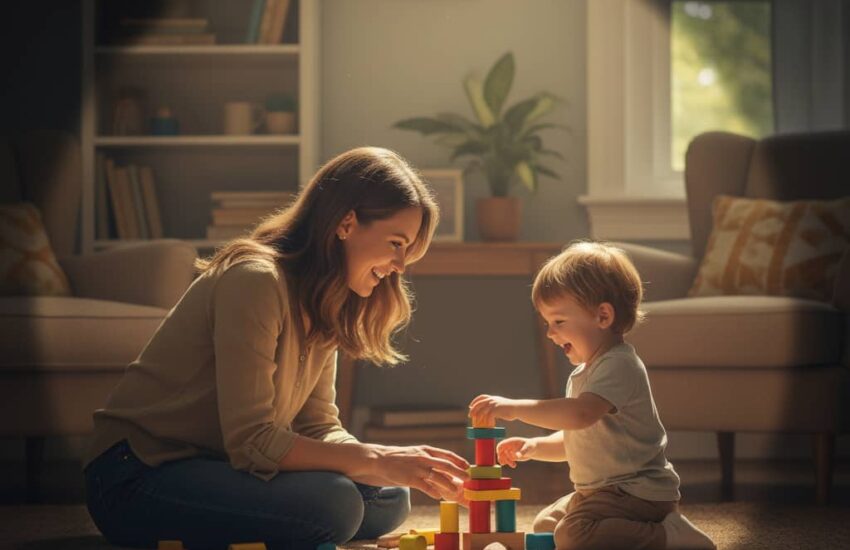Discover how Parent-Child Interaction Therapy (PCIT) transforms family dynamics through coached sessions that build attachment, reduce challenging behaviors, and restore joy to parenting. There is a special kind of silence that can fill a room after a parent has yelled, a heavy, defeated quiet. I remember observing a mother and her four-year-old son through a one-way mirror at the start of their PCIT journey. She had just screamed in frustration, and he had responded by throwing a toy truck. They sat in that silence, backs to each other, a chasm of mutual hurt between them. Then, the therapist’s voice came through the mother’s earpiece, gentle and clear: “Let’s try again. Just watch him. Describe what he’s doing, like you’re a friendly sportscaster.” The mother took a breath and said, “You’re… pushing the blue car.” The boy paused, glanced at her, and pushed it again. “You’re making it go vroom,” she added, her voice softer. It was a tiny moment, but it was the first brick in a bridge they would build back to each other. This is the essence of Parent-Child Interaction Therapy: not just managing behavior, but rebuilding relationships from the ground up.
PCIT is an evidence-based treatment for young children with behavioral and emotional disorders, but to call it merely a treatment for “bad behavior” is to miss the point entirely. It is a profound restructuring of the parent-child relationship, conducted in real-time with the guidance of a trained therapist. The magic of PCIT lies in its simplicity and its immediacy. Parents aren’t given abstract theories to try at home; they are coached, live, through a small audio receiver in their ear, while they play with their child. They learn to change their interactions, and in doing so, they change the relationship itself.
The therapy unfolds in two distinct phases, each with a clear, memorable goal. The first is Child-Directed Interaction (CDI), which is all about following the child’s lead. Parents learn to use the PRIDE skills: Praise appropriate behavior, Reflect appropriate talk, Imitate appropriate play, Describe appropriate behavior, and Enjoy themselves. This isn’t as easy as it sounds. For a parent accustomed to correcting and directing, simply describing a child’s play without asking questions or giving commands can feel foreign. But this is the work. It’s about building the child’s sense of self-worth and the parent’s capacity for positive attention. I have seen defiant children, who entered therapy refusing to listen to any command, slowly soften and begin to seek their parent’s approval, all because they were finally receiving the positive, uninterrupted attention they were desperately seeking through their misbehavior.

The second phase is Parent-Directed Interaction (PDI). Once a strong, positive foundation is built through CDI, parents learn to give effective, direct commands and follow through with consistency. They are taught a specific, structured sequence for giving a command and implementing a time-out if the command is not followed. This is not about punishment; it’s about creating a predictable, safe world where the child understands the rules and trusts that the parent is in calm, loving control. The most powerful moment in PDI often comes not during the time-out, but after it, when the parent successfully gives a command that the child *listens to*. The look of relief and newfound confidence on a parent’s face when this happens for the first time is unforgettable. They realize they can lead their child without yelling, threatening, or bribing.
The role of the therapist is that of a coach, a translator, and a support system. From the observation room, we provide in-the-moment feedback. “Great labeled praise!” or “Try a reflection instead of a question.” We help parents see the world through their child’s eyes and help the child feel truly seen by their parent. We are not there to judge but to equip. We hand the tools directly to the parents, because they are the ones who will build the lasting change.
PCIT is particularly powerful because it is measured and data-driven. At the start of every session, parents complete a short checklist about their child’s behavior. We track progress not by gut feeling, but by the hard data of improved scores and observed interactions. This objectivity is incredibly motivating for families who have felt stuck in a cycle of conflict for years.
The transformation is often breathtaking. The child who once had daily tantrums begins to use words to express frustration. The parent who felt like a failure begins to smile during play and rediscover the joy of their child’s company. The household, once a battlefield, becomes a home again. It is a therapy that recognizes a fundamental truth: a secure, loving connection is the most powerful behavior-modification tool in the world. PCIT doesn’t just teach parents how to manage their children; it teaches both parent and child how to find their way back to each other.
References
Cheyenne Regional Medical Center. (2023, September 18). Parent-Child Interaction Therapy. Retrieved from https://www.cheyenneregional.org/service/behavioral-health-services/parent-child-interaction-therapy/
University of Kansas Health System. (n.d.). Parent-Child Interaction Therapy (PCIT). Retrieved from https://www.kansashealthsystem.com/care/treatments/parent-child-interaction-therapy-pcit
Medical News Today. (2024, October 22). What to know about parent-child interaction therapy (PCIT). Retrieved from https://www.medicalnewstoday.com/articles/pcit
PCIT International. (2022, October 12). About PCIT — Parent-Child Interaction Therapy. Retrieved from https://www.pcit.org/about
Verywell Mind. (n.d.). Parent-Child Interaction Therapy: Definition, Techniques, and Efficacy. Retrieved from https://www.verywellmind.com/parent-child-interaction-therapy-definition-techniques-and-efficacy-5195464

